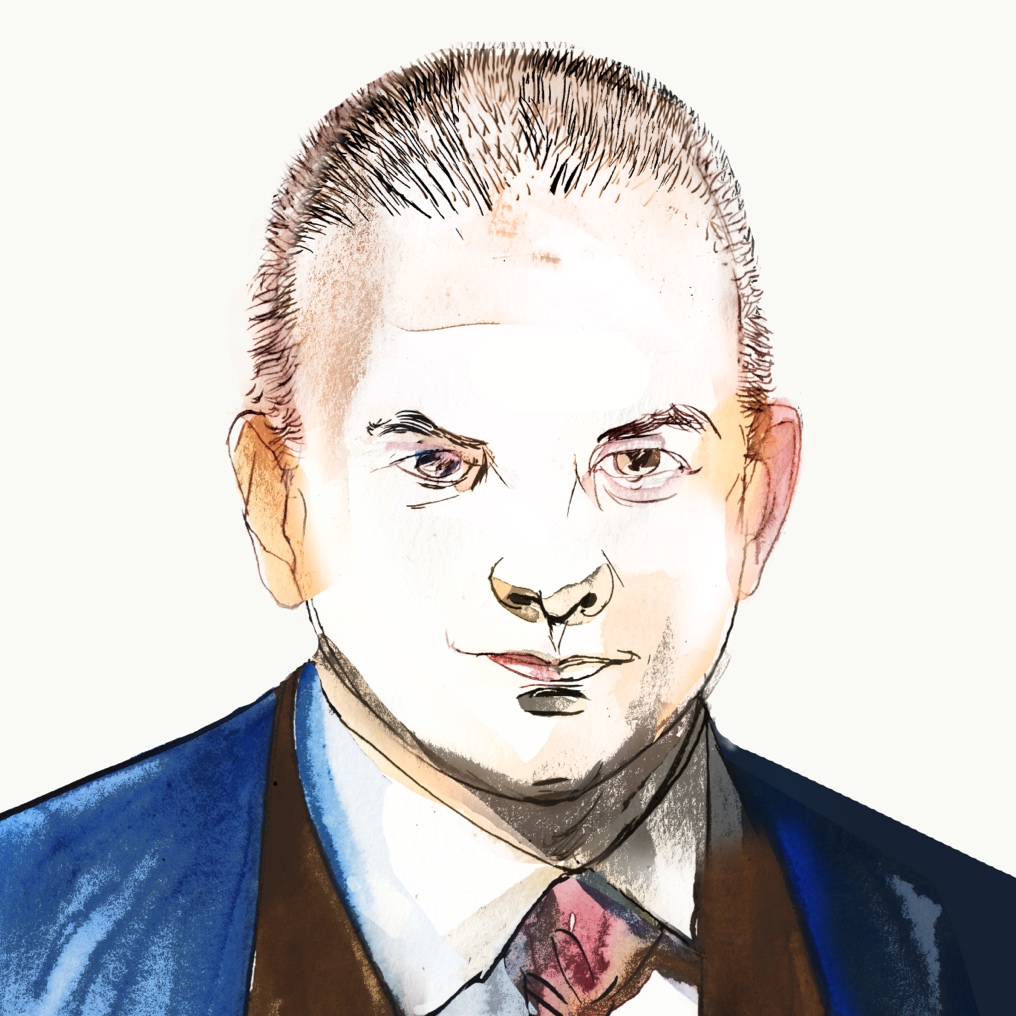As the breakdown in civic discourse continues apace, it is refreshing to read John Inazu’s Confident Pluralism: Surviving and Thriving through Deep Difference—a welcome call for a more constructive public square. But sadly I fear its message will be little heeded. Too little, too late might well be the book’s epitaph—though not, I hasten to add, because of any intrinsic problems with Inazu’s careful scholarship, clear argumentation, or winsome vision. The problem lies with the state of the world to which the book is addressed.
The argument is in two parts. Part One deals with the legal and constitutional issues that provide the framework for pluralism, Part Two with the social practices that foster a healthy pluralism in practice. Both the legal framework and the social practices are necessary. Indeed, a symbiotic relationship exists between the two: The latter need the protection of the former, and the former are often interpreted and applied on the basis of cultural norms and expectations embodied in the latter. Underlying Inazu’s argument is a basically conservative understanding of human nature and of the importance of mediating social institutions, and thus of the need for government to provide a context for the flourishing of difference and diversity rather than imposing its own (inevitably restrictive) version of the same.

